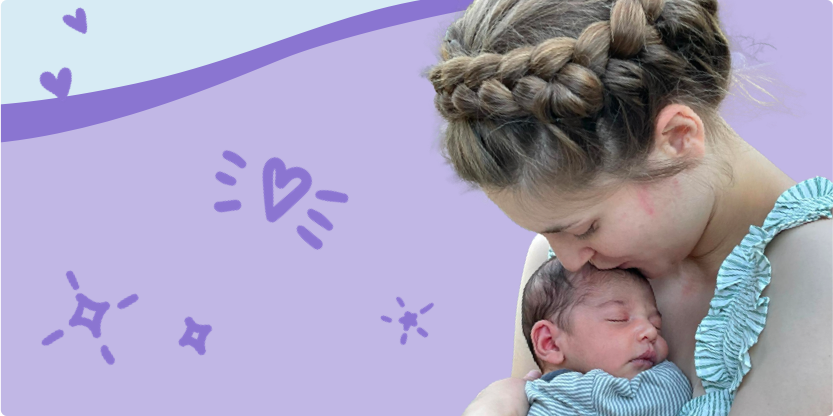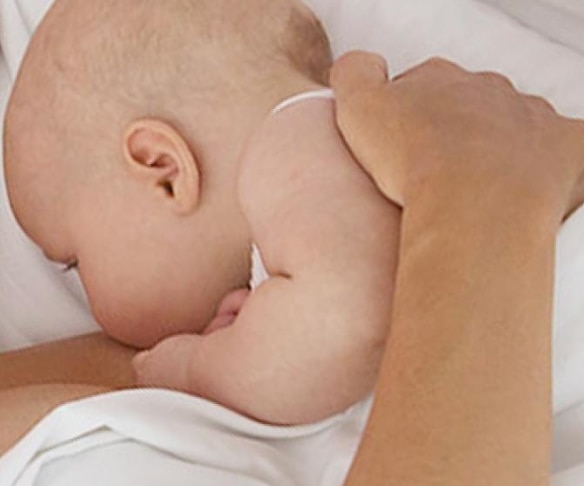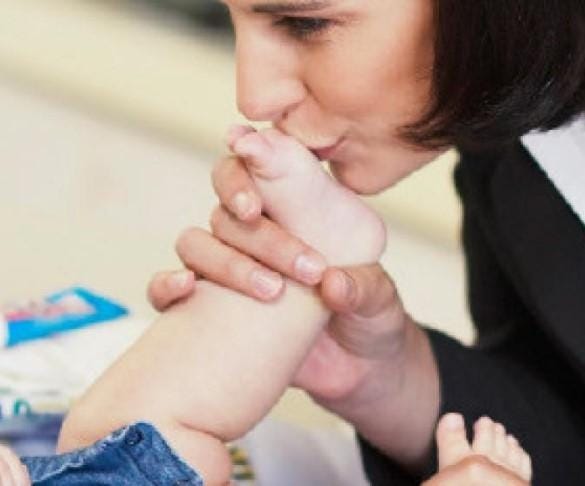

What's in This Article
- Your baby cries or is fussy.
- They put their fingers or first in their mouth, or suck on their fingers.
- Your little one opens their mouth wide when touched on his chin or lips and roots for a nipple.
- They squirm or move their arms and legs.
- Your baby moves, licks or smacks his lips or makes small sounds.
Tips for Introducing the First Bottle
- The first bottle can either be expressed breastmilk or formula.
- Not all formulas are the same, and the first formula you introduce to your baby may make a difference. Investigate all the infant formula differences. Your baby’s doctor is a great resource.
- Introduce a bottle when your baby is calm and not so hungry.
- Briefly nurse on each breast. Then, offer the bottle to your still-hungry baby. If your baby fusses and refuses, calm them by returning them to your breast. Try a bottle again at another feeding.
- Some parents find that mixing infant formula and breastmilk together in a bottle provides a familiar smell and taste for your baby.
- Try to keep the skin-to-skin contact that your baby is used to while you feed a formula bottle.
- Prepare baby formula according to label directions, but make the formula about the same temperature as your breastmilk by placing the bottle in a warm bowl of water.
- Some babies are more receptive to their first bottle of formula if dad or another loved one offers that first taste.
Creating a Schedule
Whether you're trying to introduce bottles with breastmilk or formula, try to make the process gradual. The ideas below should help guide you, but it's important to stay flexible.
- Midday feedings are often the easiest to change. Try offering a bottle at 1 midday feeding for 1-2 days.
- Then try offering a bottle at the midday feeding and the one after that and keep the switch going for 2 days.
- Replace a 3rd breastfeeding with a bottle and keep that routine up for a couple of days.
- Add a 4th bottle feeding after that.
- Continue adding feedings until you reach the number you would like to maintain. This should take about 10 to 11 days to maintain at least 3 feedings.
Our Best-Selling Allergy-Friendly Formula
Products to keep your newborn full and happy
-
 Gift cardPregnancyFor MomNewborn0-4 monthsSupported Sitter4-6 monthsSitter6-8 months
Gift cardPregnancyFor MomNewborn0-4 monthsSupported Sitter4-6 monthsSitter6-8 months*Gift cards are sent to recipient within 2 hours of ordering .gift_description{ font-size: 12px;} .accent-color { color: #1e4566;} .pdp-top-wrapper .product-info-main .product-options-wrapper { margin: -24px 0 24px !important;} @media screen and (min-width: 768px) { .pdp-top-wrapper .product-info-main .product-options-wrapper { margin: -24px 0 24px !important;} .gift_description{ margin-left: 1%;} }
From $10.001




